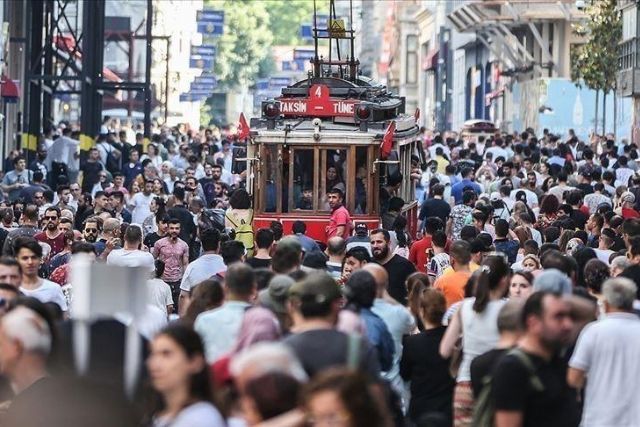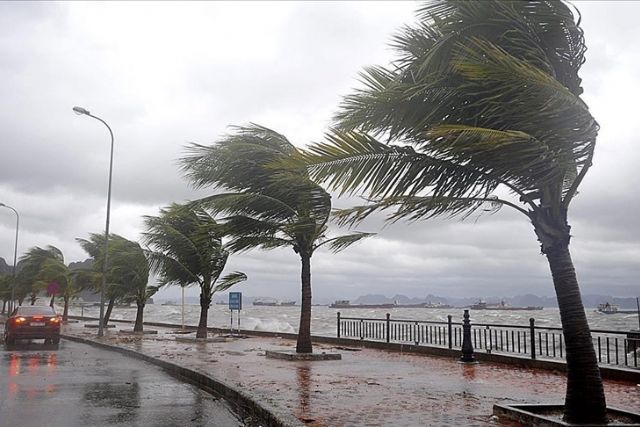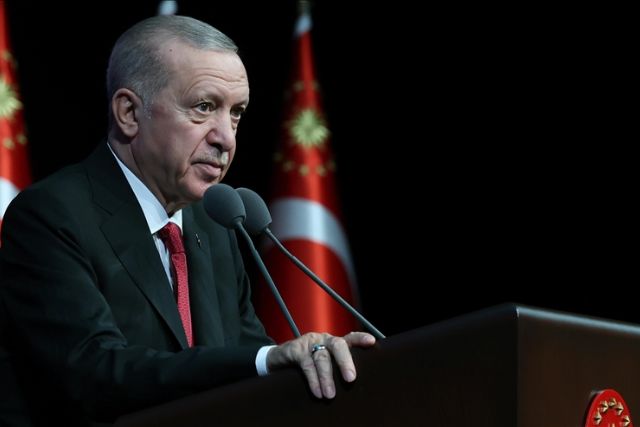NATO Military Committee chair says alliance is stronger, more ready than ever before
Military alliance made significant strides by placing 500,000 troops on high readiness, establishing NATO Allied Reaction Force, updating its command structure, says Admiral Rob Bauer

ISTANBUL
The changes in NATO structure and exercises over the last year are a sign of "a new era of collective defense," said the NATO Military Committee chair on Saturday, adding that the alliance "is stronger and more ready than ever before."
Admiral Rob Bauer said the military alliance has made significant strides by placing 500,000 troops on high readiness, establishing the NATO Allied Reaction Force (ARF), updating its command structure, and conducting its largest collective defense exercise since the Cold War, with Steadfast Defender involving over 90,000 troops across Germany, Poland, and the Baltic states over the past year.
“This demonstrates that a new era of collective defense is upon us, and NATO is stronger and readier than ever, but the responsibility for freedom does not rest on the shoulders of those in uniform alone,” Bauer said at a joint press conference in Prague with Czech Armed Forces Chief of General Staff Lieutenant-General Karel Rehka.
He added that the chiefs of defense discussed “the fact that strong deterrence requires strong societal resilience” during the Military Committee Conference in Prague.
“It requires a whole-of-society approach, with a keen role for the private sector, not only our defense industries but our whole economies. We need to realize that peace is no longer a given. Private businesses, too, have a role to play in deterrence and defense, because while it may be the military who wins battles, it is the economies that win wars,” he added.
He said war is a "whole societal event," which can be seen in Ukraine.
He vowed that NATO will increase its coordinating role in Ukraine, indicating a long-term commitment and a step closer to displaying the Ukrainian flag at NATO headquarters.
“NATO will take up a greater coordinating role in the support for Ukraine. This marks an investment in our collective future, ensuring Ukraine's support for the long haul and another step towards having the Ukrainian flag in front of the NATO headquarters,” he added.
He stressed that the alliance is working hard to launch a new security assistance and training program for Ukraine, which will feature a command center in Germany and logistic hubs in Eastern Europe, supported by around 700 personnel.
Bauer said the Military Committee Conference addressed "two Herculean tasks that we need to undertake simultaneously," urging the alliance to strengthen its own deterrence and defense while "continuing and ramping up" its support for Ukraine.
Emphasizing that there is “no more powerful weapon” than the alliance's unity, he said the meeting sent a message that NATO is “working tirelessly to protect our way of life, our values, our security.”
“In order to do that, we must bolster our deterrence. Preparedness preserves peace. Preparedness prevents conflicts,” he added.





